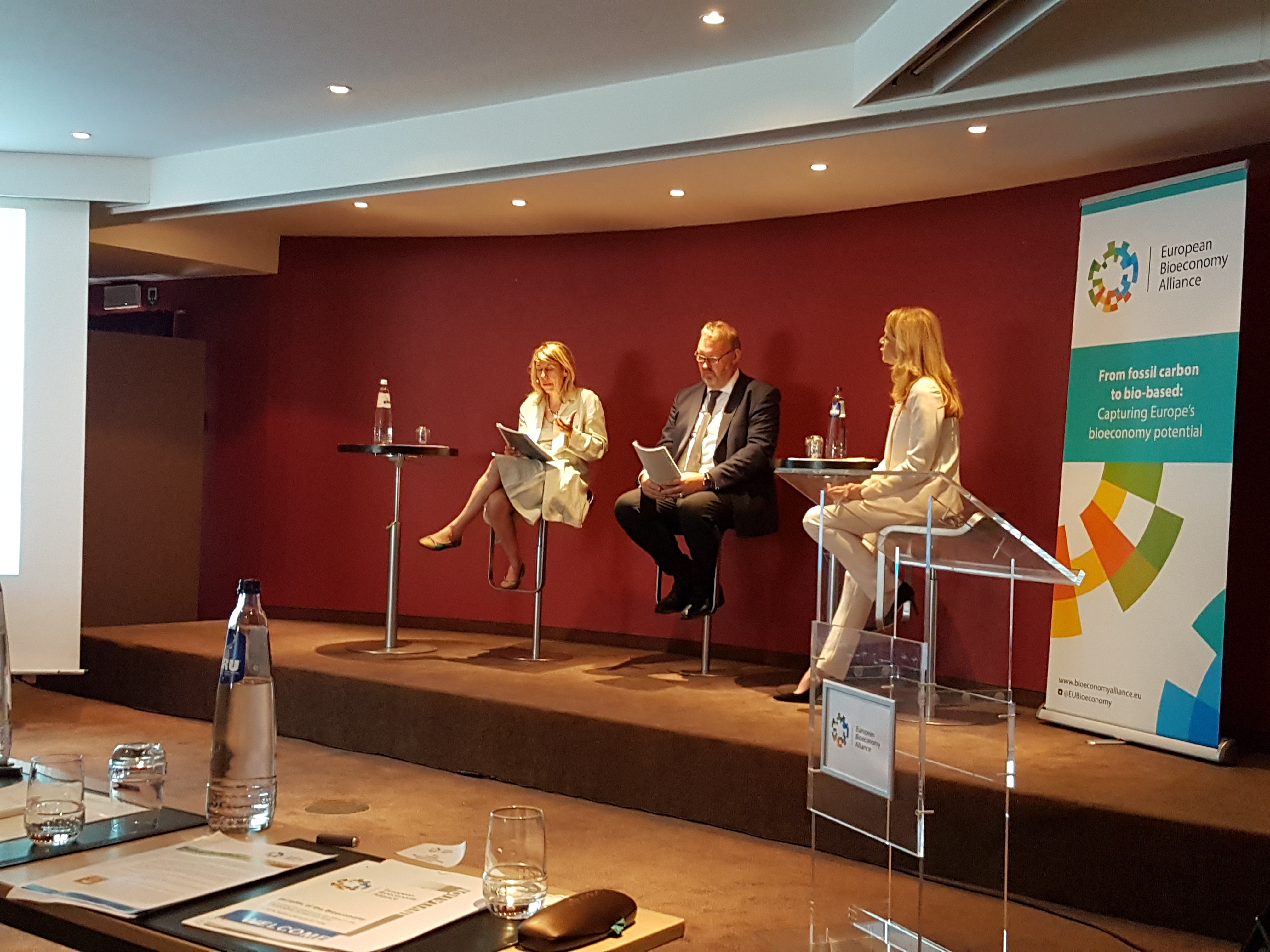Reviewed European Bioeconomy Strategy strengthens defossilisation of plastics sector
Berlin, 17 October 2018. The European Commission recently delivered its review of the 2012 European Bioeconomy Strategy. The strategy is a step forward towards ensuring that fossil resources are replaced by sustainable natural alternatives for the production of bio-based products such as bio-based plastics and energy. "Only by driving the transition in relevant markets, [...]

